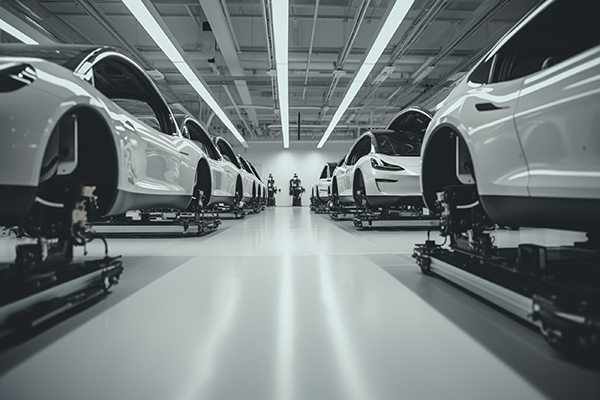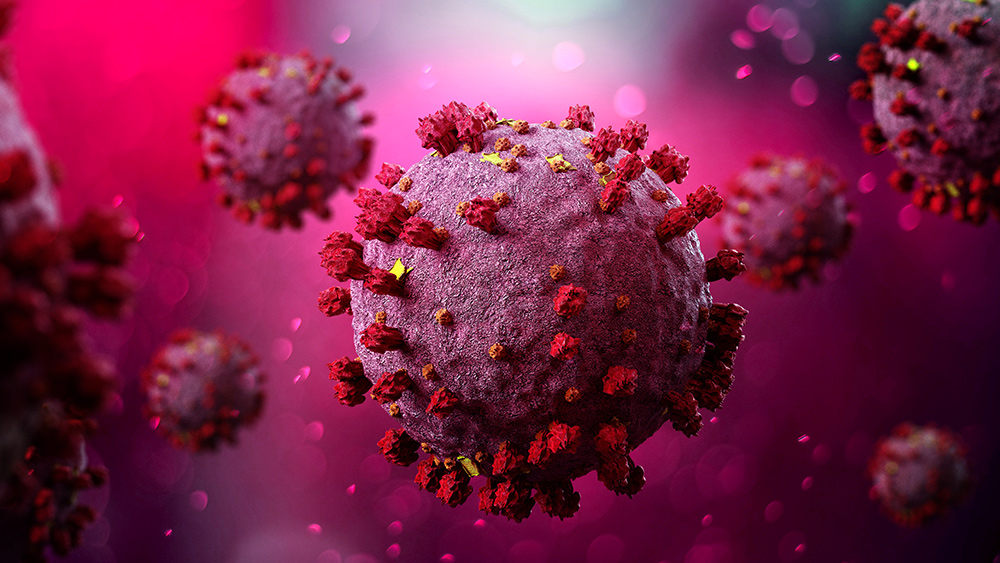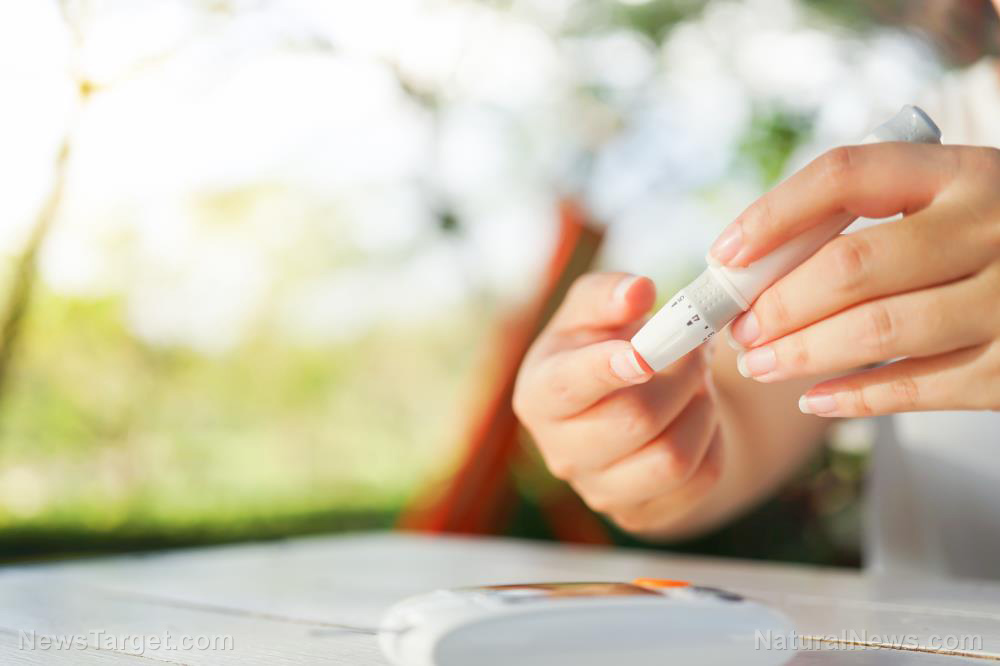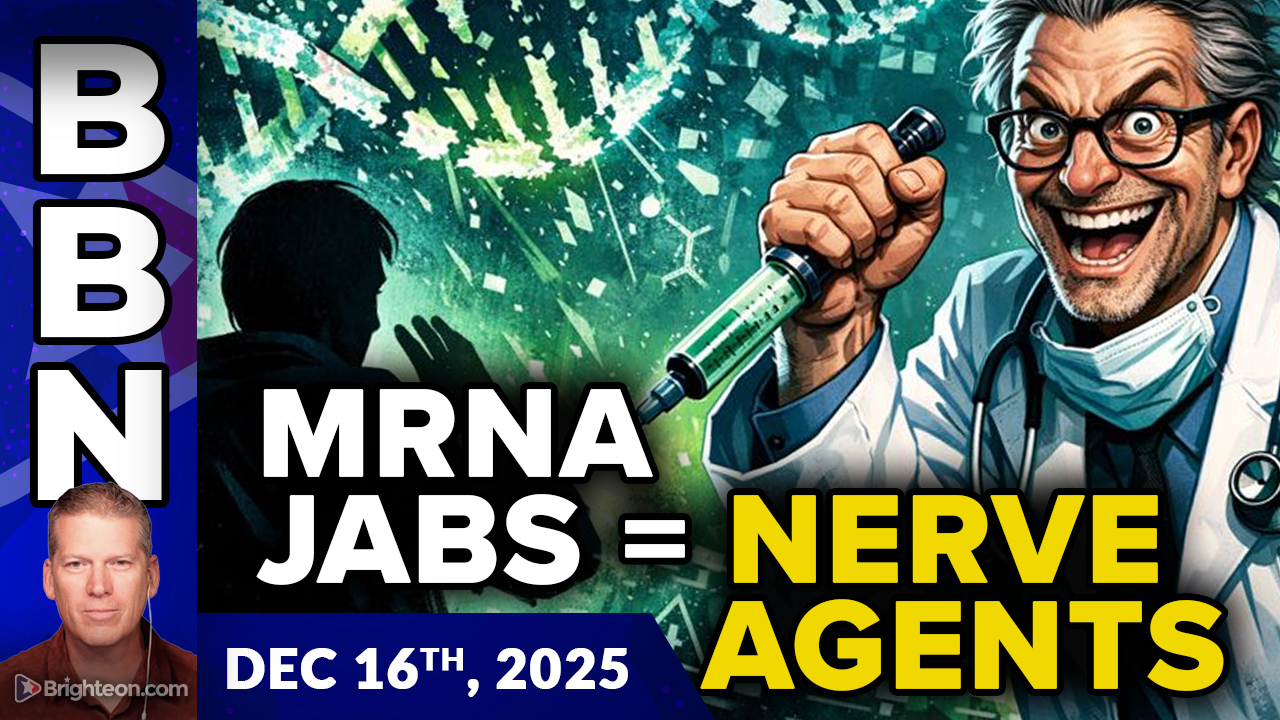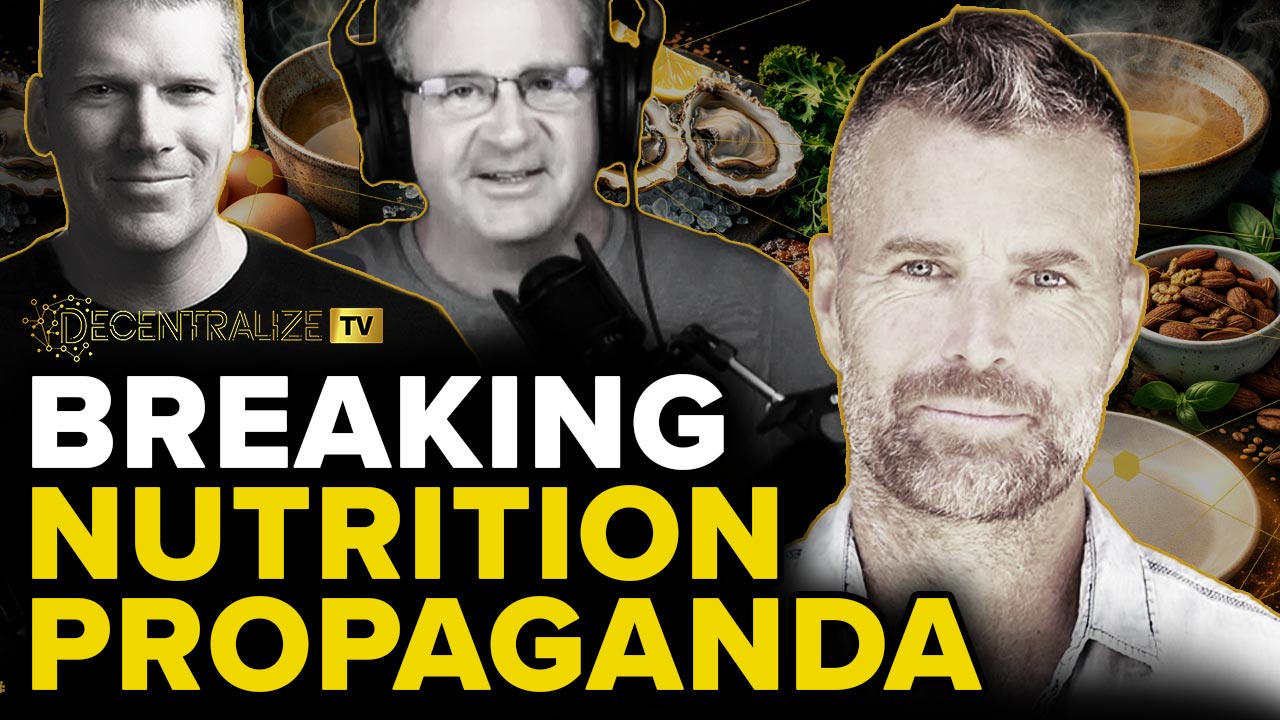It is Tunisia’s duty to stand with the Palestinians, its president has said The Tunisian parliament on Thursday began discussing a bill that would define [more…]
Minneapolis police chief cites his Catholic faith when comparing holy family with illegal aliens
The police chief of Minneapolis cited his Catholic faith when advocating on behalf of illegal aliens against the deportation policies of the Trump administration.
Police Chief Brian O’Hara told residents that they should call 911 if they saw anyone “kidnapping” illegal aliens, whether it be federal law enforcement agents or others pretending to be them.
‘The Minneapolis Police Department does not participate in immigration enforcement. We do not care and do not ask people about immigration status.’
He also said that illegal aliens in the U.S. are similar to Joseph, Mary, and Jesus being sought by officials in the biblical account of the birth of Jesus.
“It’s especially personal to me, having been raised a Catholic, to be in a Christian church this morning as we are approaching Christmas,” O’Hara said.
“And I cannot help but think of what is happening in our city today and how that echoes with how outsiders have been treated for thousands of years. How Mary and Joseph themselves were considered outsiders and forced to stay in a barn!” he added.
“That’s what we’re getting ready to commemorate as Christians around the world while all of this fear is happening right here in our town,” O’Hara said.
O’Hara was criticizing Immigration and Customs Enforcement over a vehicle stop that led to the arrest of two U.S. citizens on Monday. ICE officers were swarmed by protesters who threw snow and other objects, and some suffered cuts and other injuries, according to ICE.
He said that some officers were sent to assist ICE over the attack but that they “disengaged from the scene” after the scene was safe.
O’Hara went on to reassure illegal aliens that they could safely call 911 for help because his police force would not cooperate with federal immigration enforcement.
“The Minneapolis Police Department is committed to honoring the human dignity of every person in our community,” O’Hara said.
“The Minneapolis Police Department does not participate in immigration enforcement,” he added. “We do not care and do not ask people about immigration status. People in our community need to know that they can feel confident that when they need help, they can call 911, and we will show up for everyone.”
Like Blaze News? Bypass the censors, sign up for our newsletters, and get stories like this direct to your inbox. Sign up here!
Minneapolis police chief, Ice in minneapolis, Illegal aliens and holy family, Brian ohara, Politics
THIS is what happens when you disarm your citizenry
After two Islamic terrorists attacked a Hanukkah festival at Bondi Beach in Australia — where 15 lives were taken — BlazeTV host Sara Gonzales is pointing out what should have been obvious to those championing Australia’s gun laws before.
That when you disarm the citizenry, only the criminals will jump through the hoops required to own weapons.
“How did the terrorists end up being the ones to get the guns? It’s extremely hard. There are very few ways that you can get it. In fact, semi-automatic rifles and handguns, semi-automatic handguns, are extremely regulated in Australia. High-capacity shotguns are extremely regulated in Australia. You can get a bolt-action rifle … but you have to have a reason to own any gun,” BlazeTV host Sara Gonzales explains.
“You have to get the permission slip signed. You have to specify a reason. The reason isn’t, ‘Because I f**king want one,’ like it is here in America,” she continues.
The permissible reasons to own a weapon under the rule of the Australian government include sport and target shooting, recreational hunting and vermin control, vertebrate pest animal control, business or employment, rural occupation, animal welfare, and firearms collection.
“By the way, lacking from that list: self-defense,” Gonzales comments.
“If someone comes up and tries to cause harm to my family, I want to be able to shoot them dead. By the way, I’m aiming to kill,” she adds.
While no one around the two attackers appeared to have any weapons, the father of the father-son terrorist duo owned six weapons.
“All six firearms were at the scene. It turns out, when you make it very difficult for law-abiding citizens to get guns, do you know what happens?” Gonzales asks. “It’s just the bad guys who end up going through the long and difficult process in order to obtain them. And that’s how you end up with the bloodbath that you ended up with in Australia.”
Want more from Sara Gonzales?
To enjoy more of Sara’s no-holds-barred takes on news and culture, subscribe to BlazeTV — the largest multi-platform network of voices who love America, defend the Constitution, and live the American dream.
Camera phone, Video, Upload, Sharing, Video phone, Free, Youtube.com, Sara gonzales unfiltered, Sara gonzales, The blaze, Blazetv, Blaze news, Blaze podcasts, Blaze podcast network, Blaze media, Blaze online, Blaze originals, Bondi beach terror attack, Bondi beach, Australian gun laws, Australia terrorist attack, Gun laws, Disarm the citizenry, Armed populace
Nick Reiner will be charged with murder in the killing of his parents, Rob Reiner and Michele Reiner: Prosecutors
Prosecutors said Nick Reiner will be charged with murder in the killing of his parents, famed moviemaker Rob Reiner and his wife, Michele Reiner, the New York Times reported.
Los Angeles County District Attorney Nathan J. Hochman announced the charges Tuesday, the Times said, adding that the Reiners were found stabbed to death Sunday afternoon in their Brentwood, California, home.
When hotel staff entered Nick Reiner’s room later on Sunday morning, they found the shower ‘full of blood’ and blood on the bed.
Hochman said his office will file two counts of first-degree murder with a special circumstance alleging multiple murders, NBC News reported.
The charges carry a maximum sentence of the death penalty or life in prison without the possibility of parole, the Times said, adding that Hochman said no decision has been made with respect to the death penalty.
Hochman added that Nick Reiner used a knife to kill his parents, the paper said, but the district attorney wouldn’t provide any details about the murder weapon, including if and where it had been recovered.
“That will actually be evidence we’ll present in court,” Hochman said, according to the Times.
More from the paper:
Nick Reiner, 32, did not appear in court on Tuesday because he had not been medically cleared to be transferred to the courthouse from the jail, his lawyer, Alan Jackson, told reporters at the courthouse. The screening is a requirement to ensure that detainees do not need medical treatment, and Nick Reiner, once medically cleared, will be brought to court for arraignment, Mr. Hochman said. At that time, Nick Reiner will enter a plea.
Blood allegedly was found in a hotel room Nick Reiner checked into hours after arguing with his famed moviemaker father at Conan O’Brien’s Christmas party, which took place Saturday.
Nick Reiner’s behavior alarmed guests at the party, the New York Times reported, citing two attendees who asked not to be named in order to maintain relationships.
More from the Times:
Rob and Nick Reiner got into a shouting match at the party in West Los Angeles, said one of the attendees, who recalled Rob Reiner telling his son that his behavior was inappropriate. The attendee, who did not speak to the Reiners at the party, said that people seemed to be very aware of Nick Reiner’s history with drug abuse, which the family has discussed publicly.
Another attendee said that he did not witness the dispute, but he recognized Rob Reiner in the crowd and noticed the younger Reiner hovering at the fringes of the informal gathering. The guest said that he and other attendees were worried and that several people commented to him on Nick Reiner’s behavior, saying he looked anxious and uncomfortable in a way that deeply unsettled them.
The Reiners were upset and embarrassed about their son’s behavior at the party and expressed worries about his health, NBC News reported, citing another person.
What’s more, Nick Reiner was alleged to have interrupted a conversation involving comedian Bill Hader, NBC News added. When Hader told Nick Reiner that the conversation was private, the source told the news network that Nick Reiner appeared to pause and stare before “storming off.” Hader did not return a request for comment, NBC News also said.
Nick Reiner hours later used his credit card to check into the Pierside Santa Monica hotel around 4 a.m. Sunday, TMZ reported, citing sources with direct knowledge.
Eyewitnesses who saw Nick Reiner check into the hotel told TMZ he seemed “tweaked out,” but there were no visible signs that he had been in a violent confrontation, and there were no bloodstains or cuts on his body.
TMZ added that Nick Reiner’s reservation was for one day, but he never formally checked out.
When hotel staff entered Nick Reiner’s room later on Sunday morning, they found the shower “full of blood” and blood on the bed, TMZ reported, adding that the room’s window was covered by bedsheets.
LAPD Robbery-Homicide detectives went to the hotel Monday to gather evidence and interview employees, TMZ said, adding that Nick Reiner was located and arrested about 20 miles away in Exposition Park, near downtown Los Angeles.
Reiner was arrested around 9:15 p.m. Sunday night; authorities were called for medical aid to the Reiner home around 3:30 p.m. Sunday, where the bodies of his parents were found.
Like Blaze News? Bypass the censors, sign up for our newsletters, and get stories like this direct to your inbox. Sign up here!
Rob reiner, Nick reiner, Michele reiner, Killing, Prosecutors, Murder charges, Hollywood, Crime
Meta Tolerated Ad Fraud By Chinese Companies To Protect Revenue
Reuters acquired internal documents from Meta which reveal a massive industry of fraudulent ads targeting users. The news website claims Meta is tolerating this harmful [more…]
Landmark study links higher vitamin D in pregnancy to stronger, cavity-resistant teeth in children
(NaturalNews) New research links prenatal vitamin D levels to childhood cavities. The study followed thousands of mother-child pairs over a decade. Tooth …
Chemical overload: The hidden assault on our inner ecosystem
(NaturalNews) A major study has identified 168 human-made chemicals, including common pesticides and industrial compounds, that can harm beneficial gut bacteria…
Social media use linked to sharply higher smoking and vaping rates in teens, study finds
(NaturalNews) More youth social media time directly increases smoking and vaping risk. Heavy social media users face over five times the odds of smoking ciga…
The great electric vehicle fantasy crashes into reality as Ford abandons flagship EVs, swallows $19.5 billion loss
(NaturalNews) Ford announces a massive $19.5 billion writedown as it retreats from electric vehicles. The company is discontinuing models like the F-150 Ligh…
Trump declares fentanyl a “weapon of mass destruction,” announces death penalty pact with China
(NaturalNews) President Trump declared fentanyl as a “weapon of mass destruction” and announced a pact with China to execute manufacturers/distributors sending …
Congress demands full declassification of COVID origins intel
(NaturalNews) The National Defense Authorization Act (NDAA) requires Director of National Intelligence (DNI) Tulsi Gabbard to declassify raw intelligenceânot…
Magnesium deficiency: The overlooked epidemic fueling chronic disease and depression
(NaturalNews) Half of Americans fail to meet daily magnesium needs due to poor diet, depleted soils, stress and medications, yet standard blood tests often miss…
New study reveals prediabetes remission cuts heart disease risk by over 50%
(NaturalNews) Normalizing blood glucose levels reduces fatal heart disease and hospitalization risk by over 50%, far more effective than merely delaying diabete…
A strategic strike in the desert: Utah mineral find ignites new front in U.S.-China tech war
(NaturalNews) A Utah mining company has discovered a major deposit of rare earth and critical minerals, comparable to key Chinese sources. The find includes …
Manila to protest China’s “dangerous†actions at shoal as U.S. reaffirms defense treaty
(NaturalNews) China fired water cannons at Filipino fishing boats near Sabina Shoal, injuring three civilians and damaging vessels. Beijing claims the Philip…
Children’s Health Defense seeks revocation of covid vaccine approvals, citing safety concerns
(NaturalNews) Fraudulent FDA Approval: CHD alleges Pfizer and Modernaâs COVID-19 vaccines were unlawfully transitioned from Emergency Use Authorization (EUA) …
Food as Freedom: Pete Evans fights back against processed poison with metabolic reset strategies
(NaturalNews) Food as Medicine or Poison: Pete Evans exposes modern industrial diets as toxic, blaming government-endorsed nutritional guidelines for promoting …
Obamas were to meet Rob Reiner and his wife on the day they were killed, Michelle Obama says
Former first lady Michelle Obama revealed that she and her husband were scheduled to have dinner with Rob Reiner and his wife on the day they were found stabbed to death.
Obama made the revelation while a guest on Jimmy Kimmel’s late-night show on Monday evening. The Obamas had been longtime friends of the Reiners.
‘They were the kind of people who were ready to put their actions behind what they cared about, and they cared about their family, and they cared about this country.’
Reiner, a famed director and actor, was found dead next to his wife, Michele Singer Reiner, at their home in Los Angeles. Police said they have arrested their son, Nick Reiner, who reportedly has had struggles with mental illness and drug addiction.
“We were supposed to be seeing them that night, last night, and we got the news,” Obama said to Kimmel.
She said they had known the Reiners for several years and described the as “some of the most decent, courageous people you ever want to know.”
She also appeared to take a swipe at the statement made by President Donald Trump criticizing Reiner after his death.
“They are not deranged or crazed. … They were the kind of people who were ready to put their actions behind what they cared about, and they cared about their family, and they cared about this country, and they cared about fairness and equity, and that is the truth,” she added.
Nick Reiner had also reportedly gotten into an alarming fight with his parents during a party at the home of Conan O’Brien the evening before their deaths.
RELATED: Hollywood icon Rob Reiner, wife found dead in their home; police are calling it a homicide
Carl Reiner was best known for his part in producing and directing classic movies that include “A Few Good Men,” “When Harry Met Sally …,” and “The Princess Bride.”
Nick Reiner will be charged with two counts of first-degree murder. Blood was reportedly found at a hotel he was staying at after the fight with his parents.
Like Blaze News? Bypass the censors, sign up for our newsletters, and get stories like this direct to your inbox. Sign up here!
Obamas and the reiners, Carl reiner, Michelle obama, Celebrity murders, Politics















